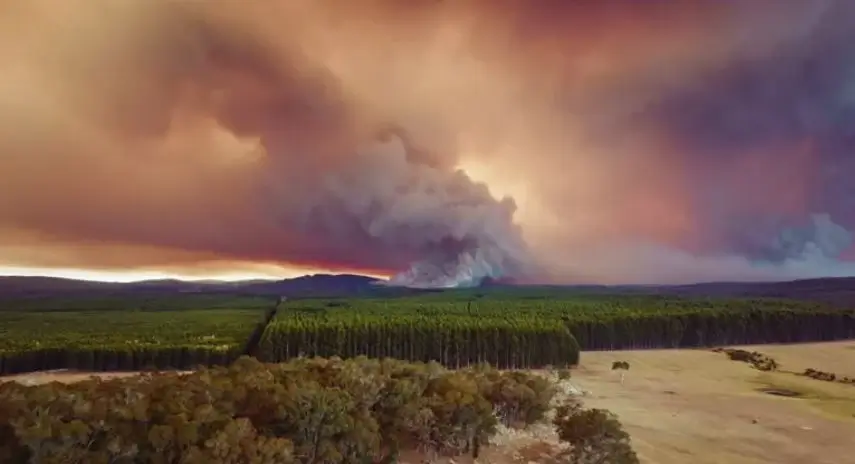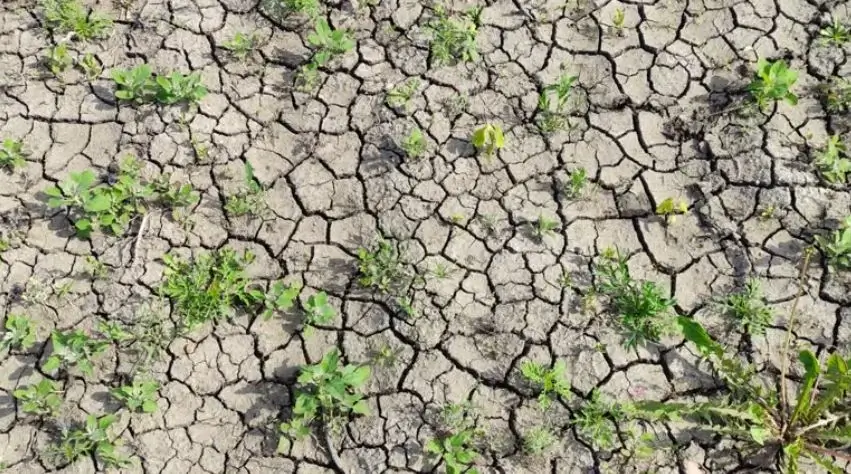Introduction: Climate in the environment on the other hand is the long-term average of the physical characteristics of the climate specifically the average temperature, humidity, wind, and precipitation levels of an area of the world. In contrast, climate refers to periodical, monthly, or even annual climatic features as opposed to daily as seen in weather.
Knowledge of climate is the key to correctly forecasting future environmental evolution and making required preparations.
It affects landscapes with ecosystems and other habitats, society with their activities, and the world economic system. Climate affects agriculture, health and the whole environment general in every aspect hence the reason why it is important for study.
“Understanding Climate and Weather”

A common misunderstanding in people is that they interchange the concept of climate with that of weather. When it comes to the environment, weather is seen as a short-term atmospheric condition, whereas climate is defined as the long-term environmental state in this case.
Climate means the average temperature, rainfall, or snowfall, and the difference between the summer and winter seasons. The climatic data is used occasionally to determine the changes experienced over a given period of time.
Through the assessment of climate, people will be in a position to forecast the climate in the future and therefore come up with solutions to control that climate. Climate plays a vital role in the kind of vegetation and wildlife size of the population and the type of structures built in a given region.
Factors That Determine Climate
Climate is the final result of various conditions in the Earth’s sphere.The climate of a certain area depends on several factors. It has a role in fairness mainly because areas closer to the equator are under the sun for many hours.
Climate starts from temperature and here we learn that temperature changes with height and becomes lower as height increases. Coastal temperatures are controlled by ocean currents whereas the circulation of heat by the wind.
Climate is also an important factor that is defined by the presence of mountains, forests, and any form of water body. By contemplating some of these factors, one is better placed to define climate in the environment as well as different climates experienced at various locations on the earth’s surface.
“Types of Climate Zones”
There are different climate regions in the world; warm, cool, temperate, arid, humid, and so on. The tropical climate is hot and moist and is located near the equator region. Deserts are characterised by a low level of precipitation and so, are considered to be a dry climate.
Moderate climate means that the temperatures are moderate during the summer and do not freeze in the winter. It is cold in Polar climate regions and is characterized by icy features in most parts of the regions.
Every climate is characterized by certain ecosystems and a diverse biota population. Understanding these classifications assists in comprehending what is meant by climate in the environment and the role it plays in people’s lives.
Climate Change and Its Impact
The problem of climate change is considered to be one of the most significant ones facing humanity today. Higher temperatures, altered precipitation patterns, and harsher climatic conditions bear indications that a new climate is now emerging.
For example, burning of fossil fuel, is an activity by humans that affects the level of greenhouse gases. Hence, deforestation and other industrial activities have been cited as some of the causes of climate change.
These positive impacts can mean such as the change of the earth’s climate, the melting of the glaciers, increased water levels in seas and oceans, and loss of natural abode. Understanding the concept of climate in the environment is very important for the purpose of meeting these challenges and finding suitable solutions.
Human Influence on Climate
Industries, felling of trees, and pollution are some of the ways in which climate is affected by humans. Urbanization causes heath known as urban heat island effect. Many gases like Carbon Dioxide and methane, interfere with heat in the atmosphere by sealing it around the surface of the earth.
It also impacts on climate through farming which produces Methane through livestock farming. Sustainability is possible through the reduction of CO2 emissions and utilization of Green energy is very important in reversing the effects of climate change.
Understanding the definition of climate in the environment helps different persons and special policymakers to know what they have to take in order to bring a better future for everyone in the future.
“How Climate Affects Ecosystems”

Ecosystems depend on climate stability. Changes in temperature and rainfall influence plant growth and animal behavior. The effects of warmer temperatures include depriving species of some of their living spaces hence affecting their chances of survival.
One has seen the conditions affecting coral reefs; for instance, the warmth of the ocean causes bleaching of corals. Shifts in climate also impact food chains and migration patterns.
Climate change impacts present a threat to ecosystems and an effective policy in pursuit of conservation is needed. It is useful to understand what climate means in the context of the environment to prevent further depletion of the same old concept of the environment.
“The Role of Climate in Agriculture”

Seasons define what is suitable to cultivate in that particular area. In the farming process, the weather is taken into consideration to facilitate the right time for planting and harvesting crops. Anti-austerity amortization measures, that reduce spending to the bare minimum, endanger food production due to changes of climate including drought and floods.
Higher temperatures may minimize outputs and also cause pests to multiply. There is only one way of farming that is sustainable when facing climatic change: adoption of sustainable farming practices.
Studying the meaning of climate in the environment leads to the formulation of ways that can assist in feeding the population during unfavorable weather conditions.
Climate and Human Health
Climate influences human being health in numerous ways. It’s been stated that when there is a high level of heat it contributes to the development of some diseases such as; heat injuries. Climate conditions factor in the levels of air pollution which in turn affects respiratory diseases.
Flu and Lyme disease are few of the diseases that spread because of rising temperatures. Lives, economy, and property are also affected by natural disasters such as hurricanes and wildfires.
It is important to learn about the climate in the environment to deal with policy-making of the health of the public and any disaster planning.
Strategies for Adapting to Climate Change
Climate change adaptation is a call for action since it needs to be done to control probable impacts. The governments can come up with policy measures that are geared towards emission reduction.
They minimize the dependence on conventional energy sources since they embrace renewable energy, particularly wind and solar energy sources. Such measures as water conservation practices and sustainable agriculture should be practiced at the community level.
By adopting the approach of education and awareness. People are in a position to make proper decisions in relation to the environment. Understanding the definition of climate in the environment. It is important for societies to avoid or adapt to climate problems in the most appropriate manner.
Conclusion:
The definition of climate in the environment encompasses long-term weather patterns and their impact on life. Climate controls the nature of ecosystems, regulates human activities, and even has an impact on agricultural yields.
Climate literacy is important for mitigating problems such as climate change since it gives an understanding of the subject. Therefore, by minimizing the level of emissions into the atmosphere and avoiding effects on natural resources. People can ensure a better and safer environment for living.
To this effect, the knowledge of climate enlightens the people. And enhances their ability to intervene in promoting the well-being of the environment for the next generations.



